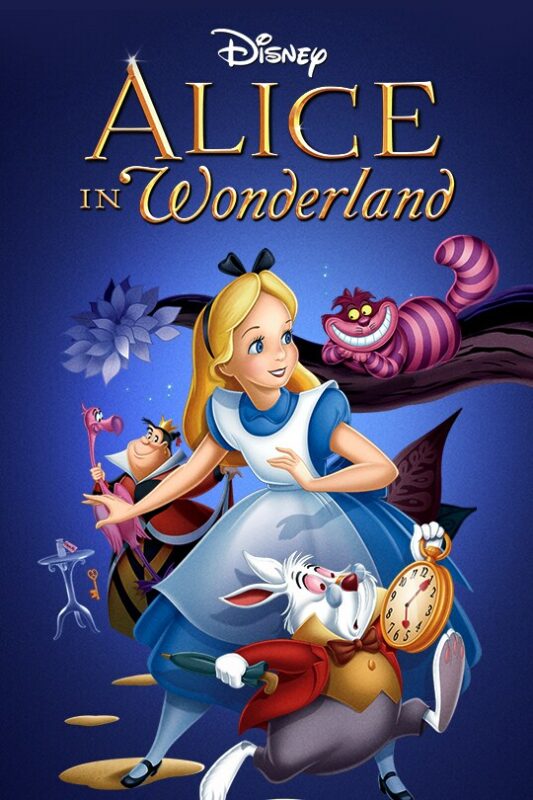Movie
Top 10 Secrets About Alice in Wonderland
Alice in Wonderland is a timeless literary masterpiece that has captivated readers of all ages. Written by Lewis Carroll, this whimsical tale takes readers on a journey through a fantastical world filled with peculiar characters and nonsensical situations. Behind the enchanting facade of Wonderland lie hidden secrets that add depth and intrigue to the story. In this article, we will uncover the top 10 secrets about Alice in Wonderland, shedding light on the mysteries that lie within Carroll’s imaginative creation.
1. Carroll’s Inspiration: Lewis Carroll drew inspiration for Alice in Wonderland from his close relationship with Alice Liddell, a young girl he befriended. The character of Alice was based on Alice Liddell herself, and many events in the story were influenced by their real-life interactions.
2. The Cheshire Cat’s Grin: The Cheshire Cat’s infamous grin holds a hidden meaning. Carroll’s use of the Cheshire Cat’s enigmatic smile is said to represent the duality of human nature, the ability to hide one’s true intentions behind a pleasant facade.
3. The Mad Hatter’s Tea Party: The Mad Hatter’s eccentric tea party holds a deeper significance. It is believed to be a satirical commentary on the rigid social norms and conventions of Victorian England. Carroll used this scene to mock the strict etiquette and formalities of the era.
4. The Queen of Hearts’ Playing Cards: The Queen of Hearts’ playing card army symbolizes the power of authority and fear of punishment. Carroll cleverly portrays the oppressive nature of authoritarian rule, where even the slightest mistake can lead to severe consequences.
5. The Rabbit Hole: The iconic rabbit hole that Alice falls into represents the doorway to self-discovery and the journey into the subconscious mind. It symbolizes Alice’s escape from the constraints of reality into a world of imagination and self-exploration.
6. Nonsensical Language: Carroll’s use of nonsensical language throughout the story is more than whimsy. It serves as a commentary on the arbitrary and irrational nature of human communication, challenging conventional linguistic norms and highlighting the limitations of language.
7. Caterpillar’s Transformation: The Caterpillar’s transformation into a butterfly symbolizes personal growth and metamorphosis. Carroll cleverly incorporates this theme to emphasize the importance of embracing change and evolving into one’s true self.
8. The Mock Turtle’s Sorrow: The Mock Turtle’s tale of sorrow and longing is a poignant metaphor for lost youth and innocence. Carroll explores the bittersweet nature of growing up and the nostalgia that accompanies the passage of time.
9. Wonderland as a Dream World: Many interpretations suggest that Wonderland is an allegory for a dream world. Alice’s adventures in Wonderland mirror the unpredictable and illogical nature of dreams, blurring the line between reality and fantasy.
10. The Power of Imagination: Ultimately, Alice in Wonderland celebrates the power of imagination and the boundless creativity of the human mind. Carroll encourages readers to embrace their imagination, challenge societal norms, and explore the endless possibilities that lie within.
Alice in Wonderland continues to enchant and intrigue readers with its whimsical charm and hidden secrets. Lewis Carroll’s masterful storytelling and clever symbolism have made the tale a timeless classic. From the Cheshire Cat’s enigmatic grin to the Mad Hatter’s satirical tea party, each element of the story holds deeper meanings that invite readers to delve into the mysteries of Wonderland. As we uncover the top 10 secrets about Alice in Wonderland, we gain a deeper appreciation for Carroll’s genius and the enduring legacy of this beloved literary work. So, the next time you venture into Wonderland, keep an eye out for these hidden secrets, and let your imagination run wild in the peculiar world that Lewis Carroll created.

